When you have a baby on the way, you’re sure to get many, many clothes as you go along. Between the baby shower, random baby gifts after you announce the pregnancy, and all of those onesies you just had to buy because they’re sooo cute, chances are, you have amassed quite a collection of clothes for your little one.
Whether you or someone you love is expecting or you’ve already had the baby and are struggling to keep up with organizing all those differently-sized onesies and cute matching sets, here are some tips and tricks to get those pieces organized and easy-to-find.
When to Start Organizing
When should you start this organization process? To make it as easy as possible for you once the baby comes, start as soon as possible. It’s never too early to start buying the furniture and equipment necessary to put all of those baby clothes you’ll be getting along your journey to parenthood. Plus, it can be a fun little nesting activity while you anticipate the arrival of your kiddo.

After your baby shower is also a great time to start since you’ll have a better idea of just how much stuff you’ll have to organize.
If you already had your little one, it’s never too late. You can still organize at any time after your baby has entered this world.
What Supplies You’ll Need
So that time has come. Before you start putting anything away, you’re going to need somewhere to put it all. You’re going to need not only furniture pieces but also some inserts, bags, and other extra pieces to keep things separated and in their own place. Here are a few things to add to your shopping list when you’re getting ready to do some serious organizing.
Under-the-Crib Bins
Buy some big plastic bins to store the clothes that you don’t need to use yet or ones that you don’t need to use right now. Large bins will keep those extra baby clothes out of sight but still easily accessible.
A Shoe Organizer
An over-the-door shoe organizer can actually be an incredible organizing tool to have in your nursery plan. One of these organizers can provide a neat way to make use of every bit of space that you have. You can keep anything from onesies to individual pieces to other accessories, like bows or hats.
A Dresser

A dresser is the easiest way to keep everything you need for your baby in one place. You can organize clothes simply by drawer, with some labels and drawer separators. Since baby clothes are tiny, you’ll have more room than you may expect, so extra organizational tools will come in handy.
Labels
Arguably the most important item to stock up on is a set of labels. The cool thing about labels is that you can get incredibly creative with them. Make some by cutting out pieces of different fabrics with cool scissors and writing on them with a permanent marker.
Or, create some labels that can quickly be changed out with some chalkboard paint and chalk markers. For a simple method, buy a label maker and type in each separate category of clothing you want.
DIY Options
Let’s face it, between cribs, bottles, clothing, diapers, and everything else, having a baby can be an expensive endeavor. Lighten the financial load by making some of your own organizational pieces. Easily make your own drawer dividers with some wood and a free afternoon. Glue clothespins to a board or clip a bunch onto a hanger for some space-saving clothing organization.
For Tight Spaces
If the nursery you’re setting up for your baby is tight on space, organization becomes even more important. You’re going to want to utilize things like wall space and closet space as much as possible. Storage doesn’t have to mean bulky furniture, so get creative and think vertically. Moveable items like rolling carts also give you a lot of versatility.
What Categories to Consider
Alright, you’ve got your supplies. Now what? The fun part. You’ve gathered all of the things you need for organizational success, so now you get to decide how you want things arranged for your daily activities with your baby.

With so many pieces of clothing, you may not know where to begin. You don’t have to go all organization crazy and color-code everything unless that’s what you’re interested in. For most of us, we would like this process to be as easy as possible. Let’s just start with the basics of how you may want to categorize each type of clothing item.
By Sizes/Age Progression
If you’ve been shopping for your baby, you’ve probably noticed that there are clothes that are not only labeled by size but also by age. When you think about how quickly babies grow, it makes sense to label pieces by month. It’s a good idea to label different drawers or baskets by your baby’s age.
For your newborn, you’re going to have a lot of teeny tiny onesies and booties, so it’s pretty easy to keep those all in one box or drawer. Since babies grow fast, these items won’t last you very long, so be ready to size up a month in advance.
Baby clothes go up in increments of three months, though all babies grow at different rates. Still, you will need to be prepared to buy a few new items fairly regularly. Once your little one has outgrown their old clothes, you can move them to a separate bin or get rid of them to make for more space.
Labeling each age range individually makes those mornings when you’re low on sleep, but your baby needs a change much easier. It also means you can keep the items that they aren’t quite big enough for yet in storage for future use and help you get rid of old clothes in just one dump of a drawer.
By Item
Much like our adult clothes, it makes sense to have separate items in separate drawers for your little one. Of course, when they’re itty-bitty, babies will mostly just have onesies, booties, socks, and hats. Still, these items can each have their own drawer or space to keep dressing your kiddo easy.
As they get bigger, your baby is only going to collect more and more different types of clothing, so it’s important to keep them straight. With the chalk marker method of labeling, you always have the option of erasing and rewriting the labels on each drawer or moving them around to different drawers according to your needs.
You can also stack organizational methods on top of each other by having your drawers labeled by age/size and then having each item in a different compartment within that drawer. This way, you can get every item you need for your child’s next outfit all from the same drawer while being sure that all of the items will fit where they’re at in their development right now.
By Seasons
If you’re familiar with cycling your closet through the seasons, this one probably makes sense to you. You can cycle your baby’s clothing through the seasons so that you have the easiest access to the weather-appropriate items you’ll need in the immediate future.
In the summer, you can put your baby’s fall and winter clothes in storage under the crib or even in another room to be used at a later date, and vice versa. This keeps your baby’s clothes organized and saves space.
Remember That It Doesn’t Have to be Perfect
Above all, remember that no organizational system is perfect. As a parent of a very young child, you have a lot on your mind and a lot to take care of. It’s nice to keep your baby’s clothes organized to the very best of your ability, but sometimes the best of your ability is based on how much sleep you have gotten and how much caffeine you have consumed.
Though keeping things organized can make your day-to-day easier, it can also sometimes be overwhelming. Ultimately, go with whatever system works best for you and your baby.
Sources:
How to plan a baby shower | Made For Mums
How to Make DIY Drawer Dividers | I Heart Organizing
20 Clever Ideas for your Small Nursery | The Postpartum Party
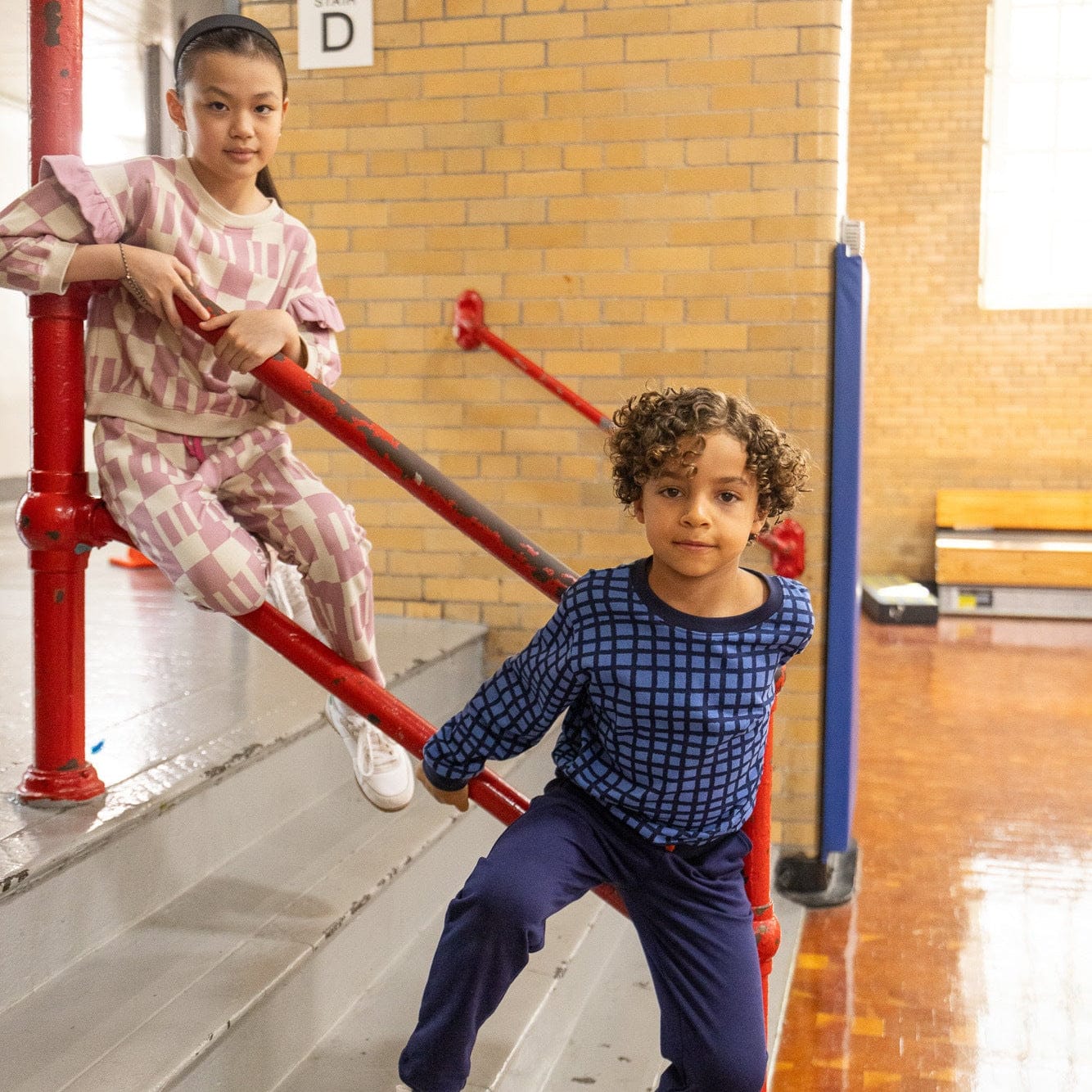
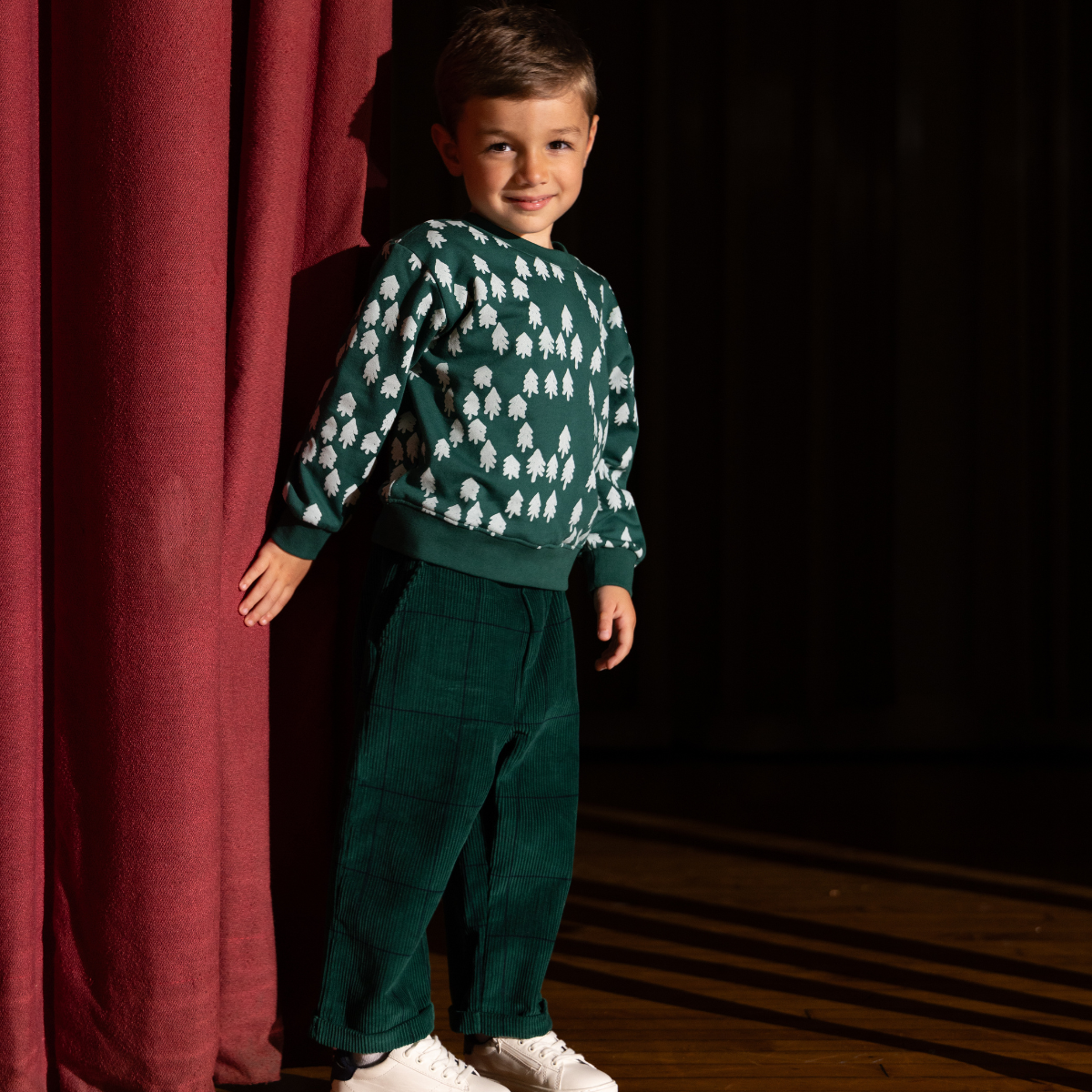
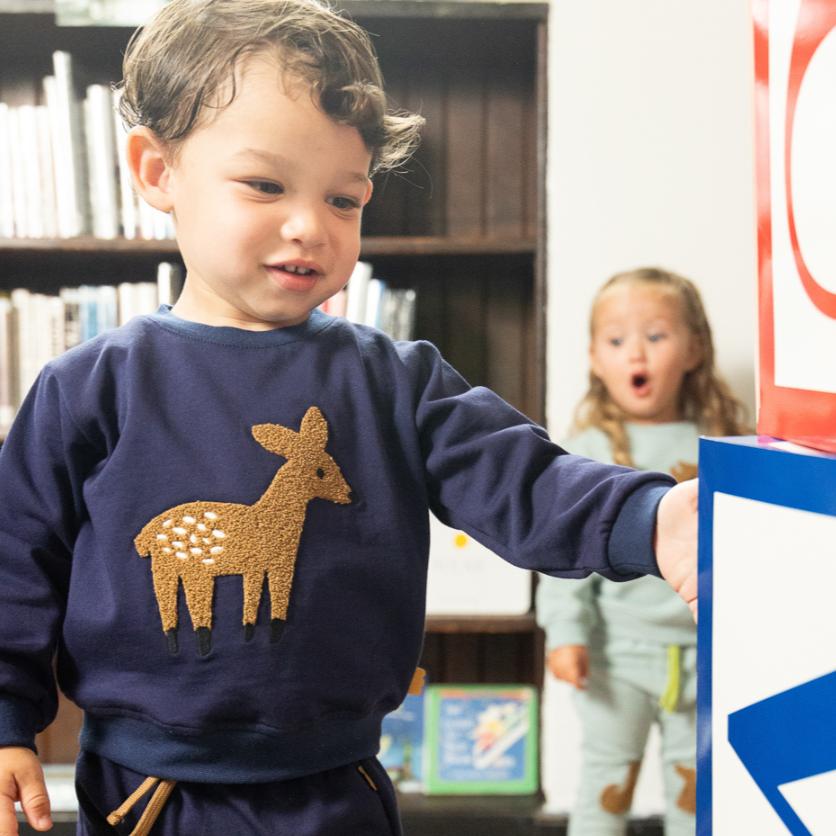

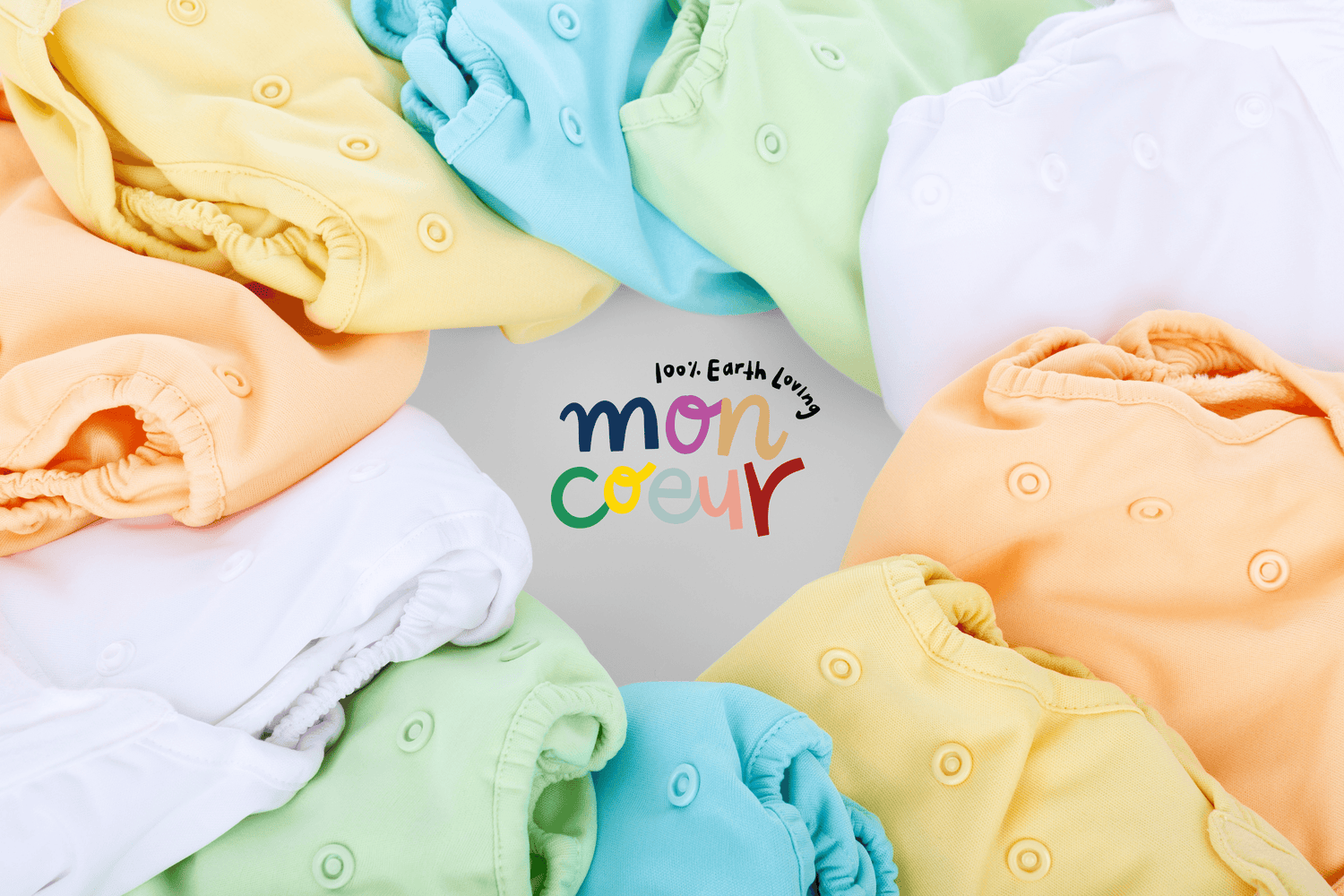
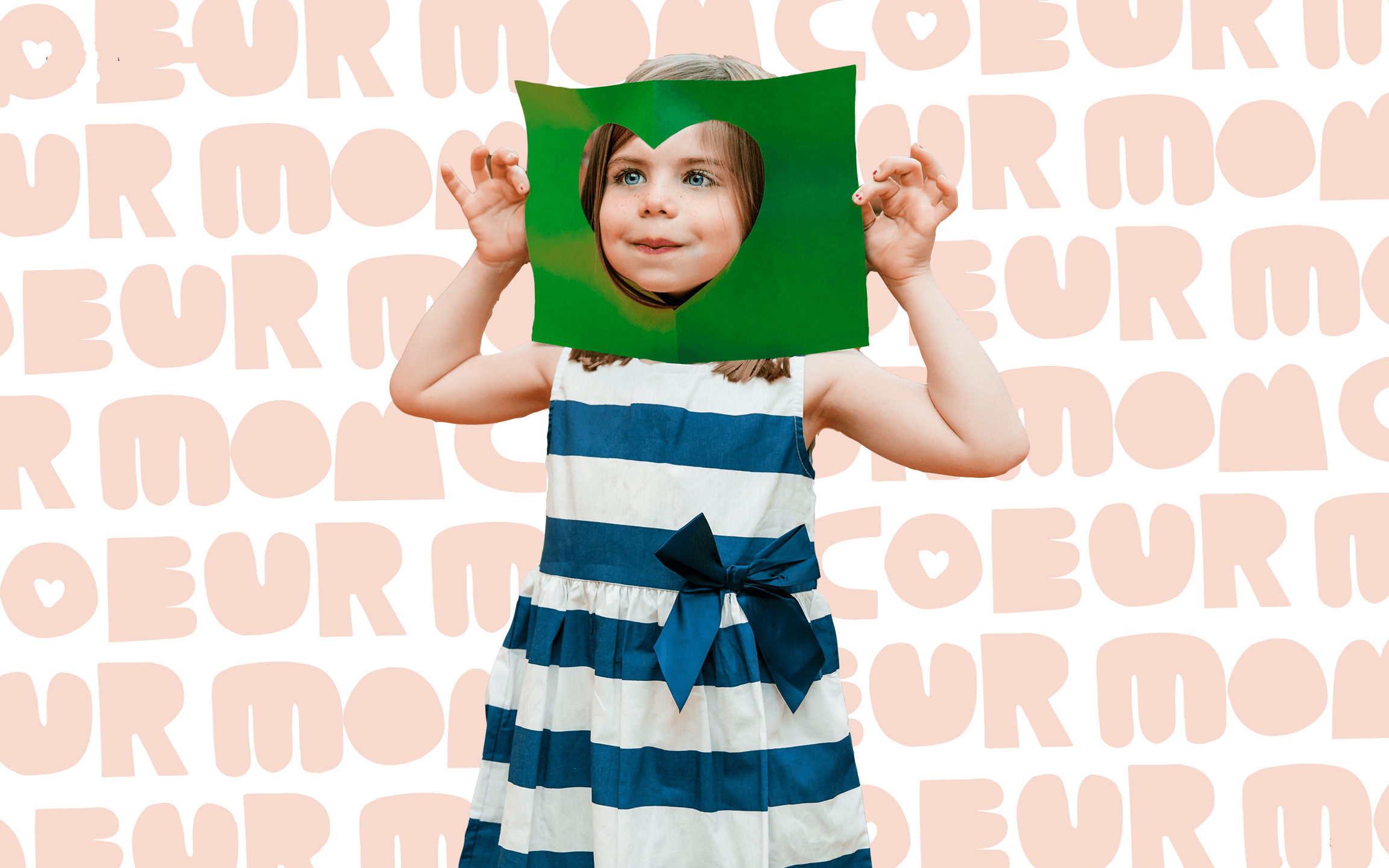
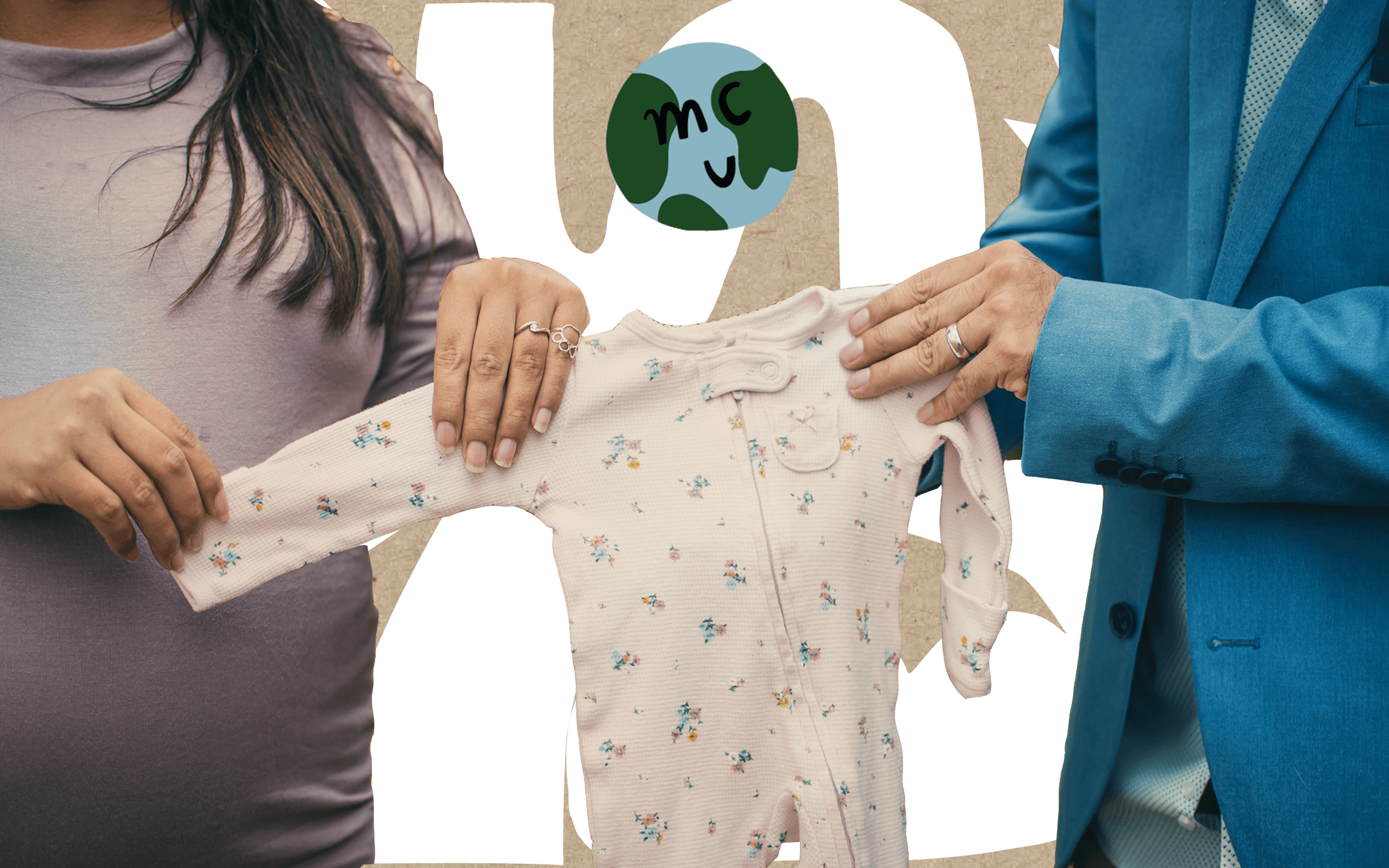
Leave a comment
This site is protected by hCaptcha and the hCaptcha Privacy Policy and Terms of Service apply.